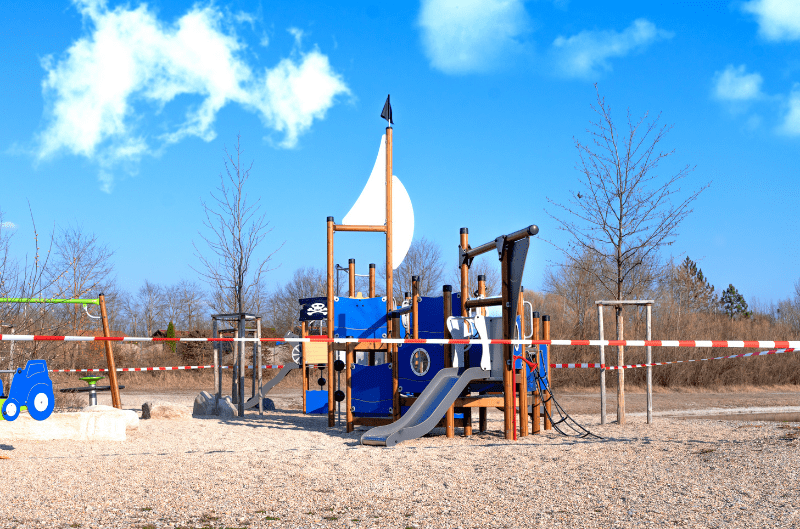
Expected Risks in Children’s Playground Equipment
Author: Austin Stanfel
The need for safety in playgrounds has become essential in our post-pandemic world, where virtually everything around us could become a potential risk-causing agent. This could happen through contact with unclean surfaces, in a medium, outside a medium, or on something as harmless as simple children’s playground equipment.
Children being happy, carefree beings can be somehow drawn to risk hazards like a moth to a flame. Hence, as we gradually work our way through our new normal, we need to be adequately prepared for them to adjust well to life outdoors after a long period of playing behind closed doors.
While it is relatively easy to monitor our kids when they play indoors due to proximity, it’s wrong to assume that they (the kids) and their toys are ‘risk proof’ or ‘harm proof’ if specific measures have not been taken to prevent avoidable accidents. Sometimes all it takes is a momentary lapse in concentration.
Some potential risk-causing agents can also be easily spotted and managed. Others can’t be spotted until much later when it may or may not cause potential harm. This article aims to inform and create more awareness to help parents and children alike manage these risks as much as possible.
Choking on smaller playground equipment
Smaller children’s indoor playground equipment like pieces of Lego brick set could easily choke a child’s throat due to their size and distinctly sharp edges. To correctly manage risks that may ensue, playtime should be adequately supervised. In cases where full parental or adult supervision may be compromised in any form, monitoring devices like cameras should be installed in the home and on mobile devices, especially if the children in question are less than eight years old.
Falling
Falling often occurs on smooth surfaces, which tend to become slippery when in contact with moisture of all types. It is also widespread and easy to ignore when playtime isn’t adequately supervised, leading to serious life-threatening situations. Children drink a lot of fluids, excrete a lot, and also play with fluids constantly. Children’s outdoor playground equipment should be continuously checked and cleaned before and after playing. Also, constant, periodic nappy checks are advised when handling toddlers and babies.
Scrapes, Cuts, and Dislocation
These often occur on sandy and grassy playing surfaces during intense periods of activity. First aid boxes should be placed in strategic areas surrounding the playground in case of emergencies, plus constant adult supervision. For extreme instances where bleeding is prolonged, a mobile device with the inputted service numbers should be available.
Uncomfortable spaces
Children can be likened to moving trains; they hardly stay in a place for too long. It’s not rare to see cases of children getting stuck in unusual places. In most instances, supervising playtimes can help prevent uncomfortable situations. In extreme cases, getting external help or a phone call to the hospital can go a long way to calm the situation.
Toxic chemicals
Inhaling toxic chemicals poses a barely noticeable yet significant risk factor that should be noted and prevented as early as possible. Plastics are often used to produce most children’s indoor playground equipment. When these materials used do not meet the CPSC and ASPM safety guidelines, children are at risk. It is also essential to know when to replace the faulty children’s indoor playground equipment with new ones. At Creative Recreational Systems Inc, you’re assured of securing playground equipment that meets all required standards.
Grimy, filthy hands and toys
Seeing filthy hands and clothes is the most common and visible evidence of intense play. Often overlooked, grimy hands can harbor many disease-causing organisms, posing severe risks to children if not handled properly. Children’s outdoor playground equipment could also retain moisture, becoming breeding grounds for microbes. As a precaution, play surfaces and hands should be cleaned and disinfected constantly. For children that frequently put their hands in their mouths, child-friendly disinfectants are strongly advised.

